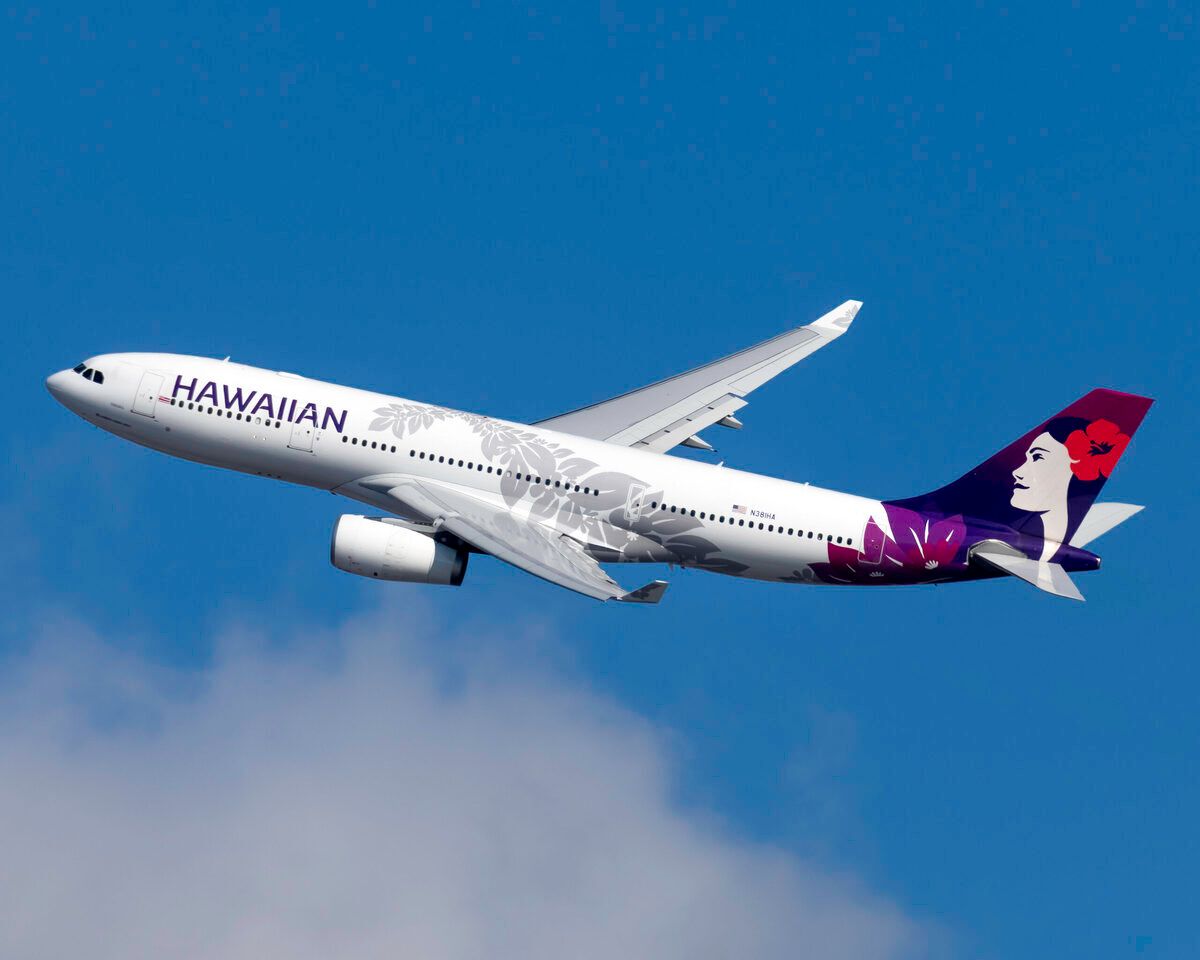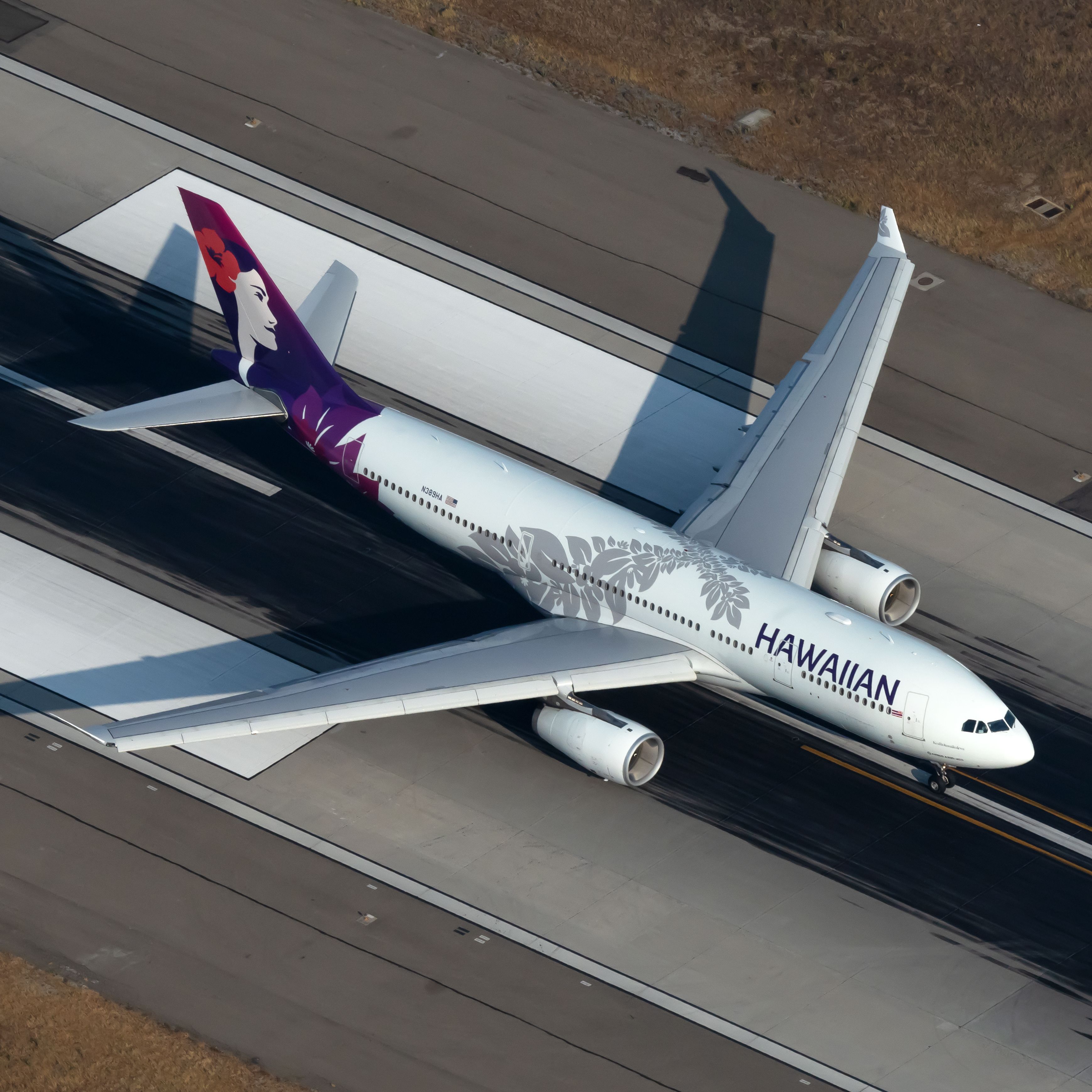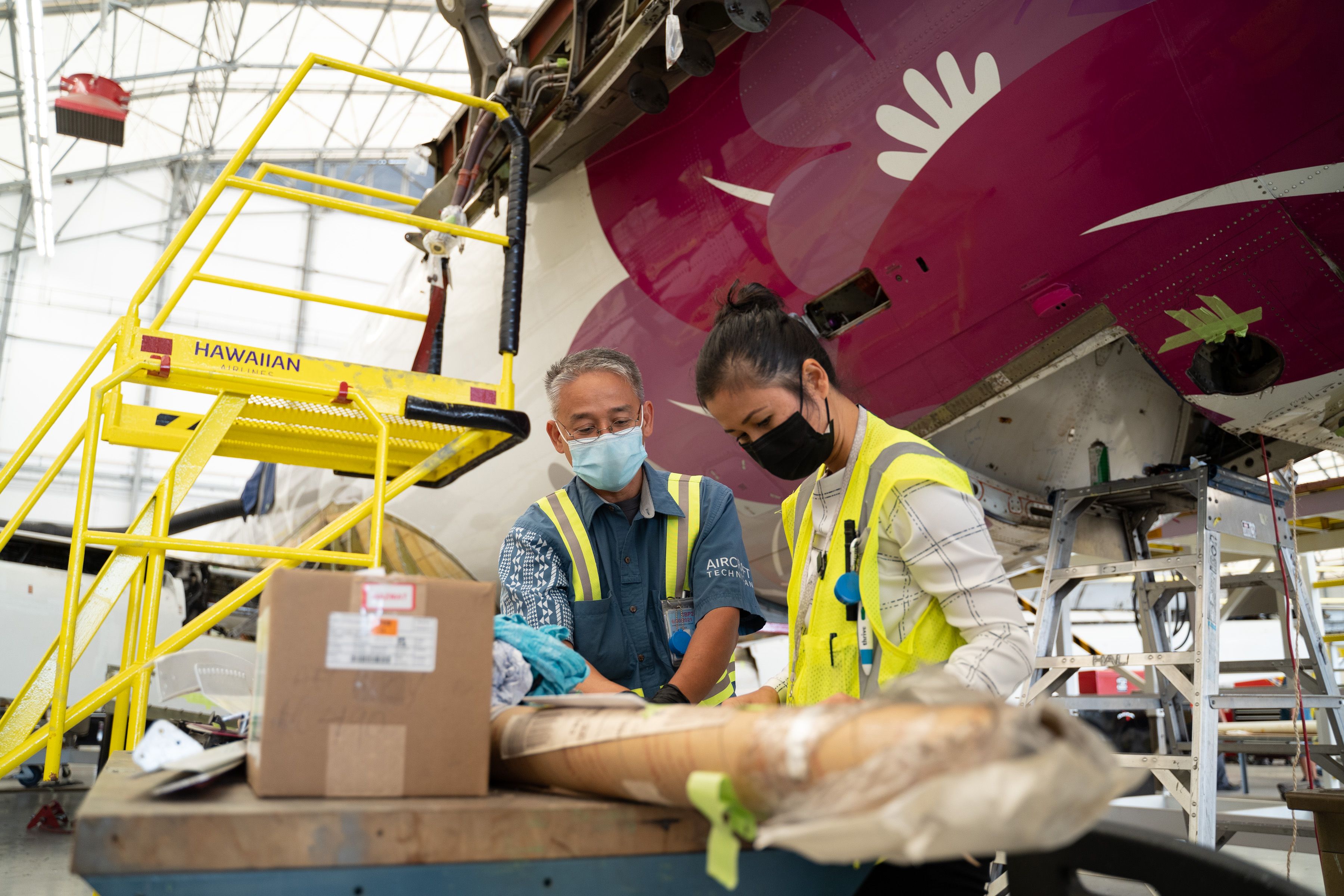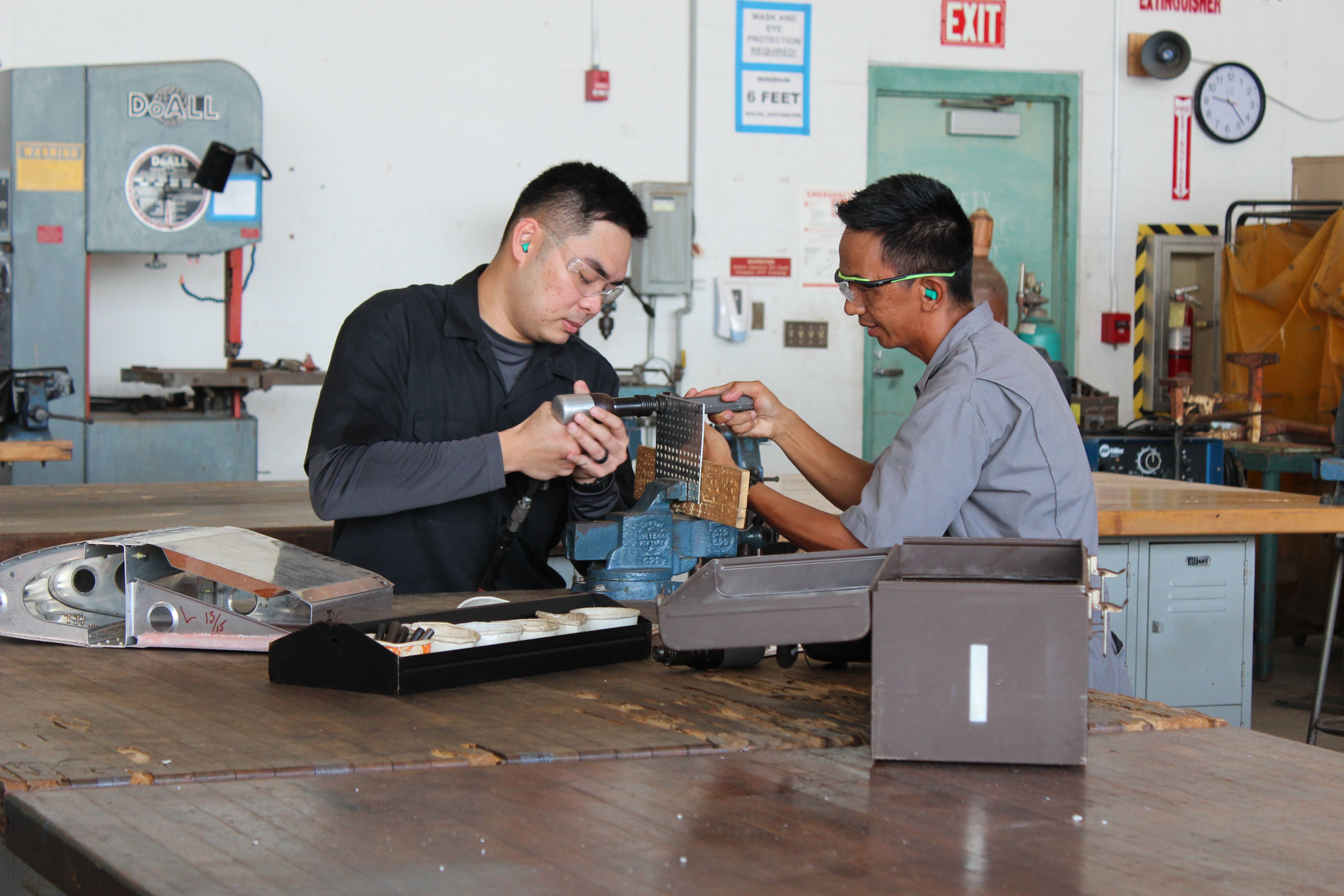Yesterday, Hawaiian Airlines announced it is partnering with Honolulu Community College (HonCC) to graduate more local students as qualified aviation technicians. When the new academic semester opens on Monday, Hawaiian Airlines technicians will move from the hangar to the classroom and get on with this vital task.
Where will 610,000 new technicians come from?
Over the next 20 years, Boeing forecasts that 610,000 new technicians will be needed to keep the global fleet operating. That's around 30,000 a year, with demand exacerbated in the short term due to an aging workforce approaching retirement. Apart from the loss of skilled workers in MRO shops, the associated brain drain threatens to derail the education of new entrants. It's an issue that has been discussed for years, so it's good to see an airline prepared to step into the fray and help bring more skilled technicians into the aerospace industry.
With a fleet of 61 aircraft, Hawaiian Airlines (Hawaiian), like any airline, has a vested interest in training tomorrow's technicians, but using its own people to help in the educational process is not common. The airline's fleet, based at Honolulu Daniel K. Inouye International Airport (HNL), comprises 18 Airbus A321-200neos, 24 A330-200s, and 19 Boeing B717-200s with ten B787-9s on order. With aircraft ranging in age from three to more than 20 years old, it needs a diverse range of skills capable of maintaining legacy and new-generation aircraft and engines.
Two of Hawaiian's technicians, Bill Kinsley and Jason Anderson, will teach classes for the college's Aeronautics Maintenance Technology (AERO) program. Hawaiian's commitment of extra teaching resources will allow the college to double enrollments to 100 students by the Fall of 2023. Graduates of the program will have the knowledge and practical skills necessary to obtain the Federal Aviation Administration (FAA) Airframe and Power Plant Maintenance certification. Hawaiian's senior vice president of technical operations, Jim Landers, said the airline is enthusiastic about their employees sharing their expertise to prepare Hawaii students for successful aviation careers.
"As the hometown airline gearing up for another growth phase, we also hope HonCC's graduates will consider joining our 'ohana [family] so they can enjoy a rewarding career right here at home with Hawaii's carrier."
See more aviation news here!
Hawaiian is stepping up to the plate
HonCC's AERO program is the only one of its kind in the Pacific basin, another factor demonstrating the importance of Hawaiian's involvement beyond the airline's maintenance hangars. One of the airline's instructors, Bill Kinsley, added that the opportunity to prepare the next generation of aircraft mechanics with relevant, real-world practical skills and expertise is a privilege.
The new partnership complements Hawaiian's existing Aircraft Mechanic Apprenticeship Program, which it launched in 2016. This program is a collaboration with HonCC and the International Association of Machinists and Aerospace Workers union. The students attend college classes at HonCC during the day and hold a part-time shift at Hawaiian's maintenance hangar. They are paid as mechanics performing hands-on repairs and preventative maintenance.
Boeing's forecast of 610,000 new technicians by 2041 shows North America needs 134,000 or 22% of global demand. This puts the region ahead of China with 124,000, Europe with 120,000 and Southeast Asia with 58,000. We have seen how airlines are setting up their own pilot training academies to overcome pilot shortages, so perhaps they need to get more involved in MRO, just as Hawaiian is doing.
Do you think airlines need to make the running?




